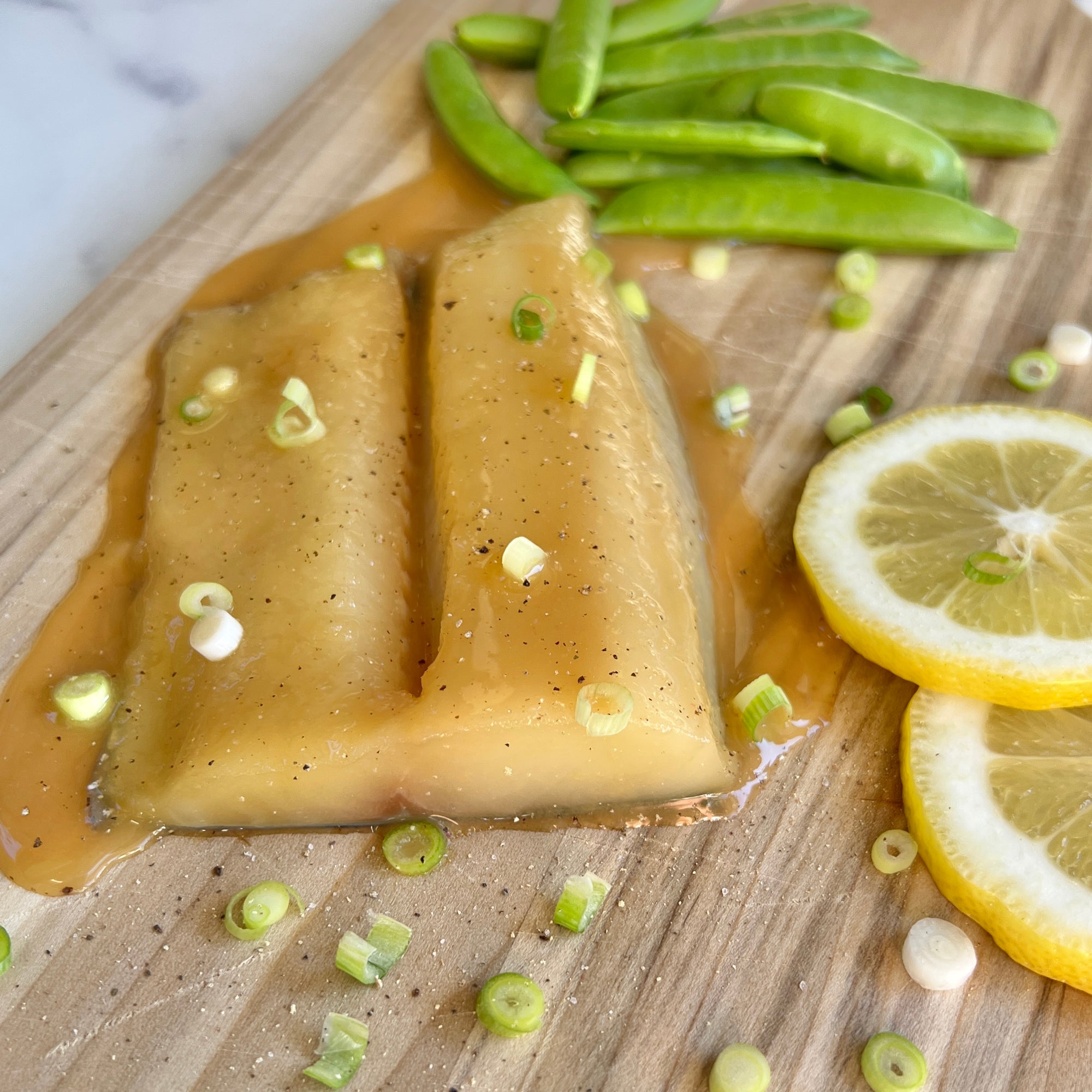Achieving healthy, glowing skin isn’t just about skincare products—it also begins with what you put into your body. One of the most powerful ways to promote clear, youthful skin is through your diet, particularly by incorporating foods rich in omega-3 fatty acids. Seafood, a natural source of these healthy fats, plays a significant role in maintaining skin health, hydration, and reducing inflammation.
The Power of Omega-3 Fatty Acids
Omega-3 fatty acids are essential fats that our bodies cannot produce on their own. They are vital for many aspects of health, but their benefits for skin are particularly noteworthy. Omega-3s help keep your skin supple, hydrated, and glowing. They strengthen the skin’s barrier, lock in moisture, and reduce inflammation, which is especially beneficial for those prone to acne, psoriasis, and redness.
There are three types of omega-3 fatty acids: ALA (found in plant sources), DHA, and EPA (primarily found in seafood). DHA and EPA are the most bioavailable forms and are particularly beneficial for skin health. Incorporating seafood rich in these omega-3s into your diet can significantly improve the appearance and condition of your skin.
How Omega-3s Support Healthy Skin
- Reduces Inflammation
Chronic inflammation can lead to various skin issues, including acne, eczema, and premature aging. Omega-3 fatty acids have anti-inflammatory properties, helping to calm the skin and reduce redness. By incorporating omega-3s into your diet, you can minimize breakouts and keep inflammatory skin conditions under control.
- Supports Hydration
Omega-3s help maintain the skin’s natural lipid barrier, which locks in moisture and prevents dryness. This is especially important for those with dry or sensitive skin, as it improves skin texture and appearance. A well-hydrated complexion appears plump, soft, and more resilient to environmental stressors.
- Improves Elasticity and Fights Wrinkles
Omega-3 fatty acids support collagen production, which is essential for maintaining skin elasticity and firmness. Collagen, a protein that gives skin its structure, naturally declines as we age, leading to wrinkles and sagging. By boosting collagen through omega-3 consumption, you can slow down the visible signs of aging and keep your skin looking youthful.
Best Seafood for Better Skin
Incorporating seafood into your diet is one of the most effective ways to boost your intake of omega-3 fatty acids. Here are some of the best options:
Salmon: One of the richest sources of omega-3s, salmon is excellent for maintaining moisture in the skin and reducing inflammation.
Black Cod (Sablefish): Black cod is exceptionally rich in omega-3s, making it a fantastic choice for improving skin hydration and reducing inflammation. Its high-fat content also makes it a delicious, buttery option for your diet.
Tuna: Especially varieties like albacore and bluefin, tuna is a good source of omega-3s, protein, and vitamin D. It helps support skin repair and elasticity while providing a lean option for those looking to maintain their skin health.
Halibut: This mild-flavored fish is packed with omega-3s and selenium, a mineral known for its ability to protect the skin from oxidative damage and support a healthy complexion.
Sardines: These small fish are a powerhouse of omega-3s, which help maintain a youthful glow and protect the skin from UV damage.
The Impact of a Seafood-Rich Diet
A seafood-rich diet, with regular consumption of omega-3-packed fish like salmon, mackerel, and sardines, can result in noticeable improvements in your skin over time. In fact, studies have shown that people who consume higher amounts of seafood have fewer wrinkles and more elastic skin compared to those who consume lower amounts of omega-3s.
In addition to omega-3s, seafood is also an excellent source of protein, vitamins (like vitamin D and B12), and minerals (like zinc and selenium), all of which contribute to overall skin health. These nutrients support cell regeneration, protect against oxidative stress, and help repair damaged skin.
Conclusion
Eating for better skin isn’t just about avoiding processed foods or sugary snacks—it’s about incorporating nutrient-dense foods that promote skin health from within. Seafood, with its abundance of omega-3 fatty acids, is one of the best choices you can make to improve your skin’s hydration, elasticity, and overall appearance. By enjoying a diet rich in fatty fish and shellfish, you’ll not only nourish your skin but also promote a healthier, more radiant complexion that lasts. So, next time you plan a meal, think of seafood as your skin’s best friend!


